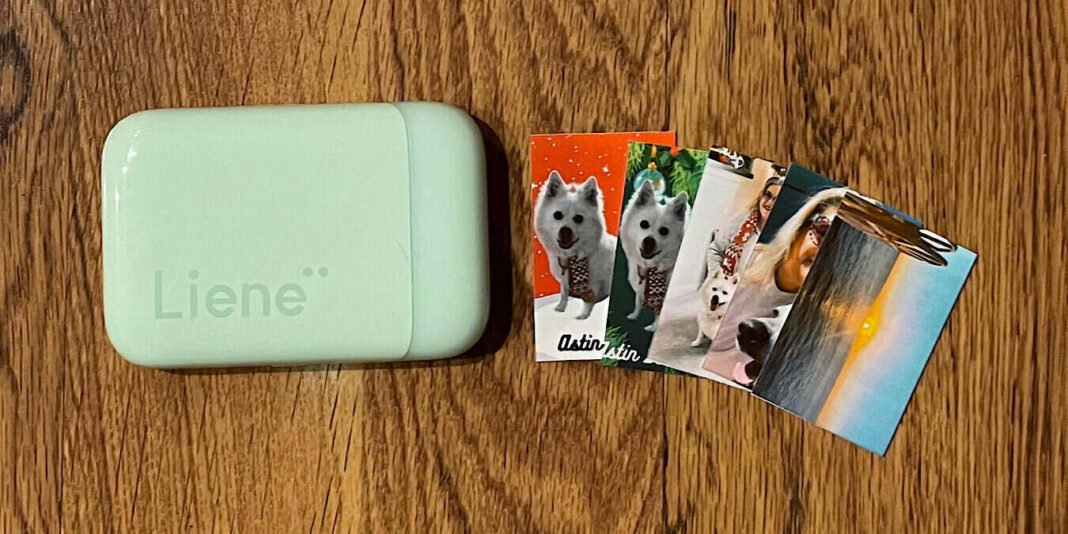In our digital era, physical photo printing for businesses continues to hold considerable value. Whether for marketing, product presentations, or just office aesthetics, photo printers play a vital role. But how do you choose the right one for your business?
Determining Business Needs
When purchasing a photo printer, your unique business needs should guide the decision. Consider the number of photos you’ll print and the speed required. For high-volume, fast-paced environments, commercial-grade instant photo printers | Liene, are ideal.
Also, gauge the desired print quality. If your business needs premium, vivid prints, choose a printer that delivers high DPI (dots per inch) prints. Conversely, if speed matters more than detail, a printer with a lower DPI may suffice.
Evaluating Photo Printer Choices
With a clear picture of your needs, the next step is to investigate the wide range of photo printers available on the market.
Types of Printers
There are two primary types of photo printers: inkjet and dye-sublimation.
Inkjet Printers
Inkjet printers are popular due to their versatility and high-quality print output. They operate by spraying small droplets of ink onto the paper to create an image. Inkjet printers excel in producing images with a rich blend of colors and impressive detail, making them ideal for businesses needing top-notch photo quality.
However, inkjets can be slower compared to their dye-sublimation counterparts, and their maintenance costs can add up due to the need for regular ink cartridge replacements. Furthermore, prints from an inkjet printer may require a drying period, which could impact the workflow in a busy environment.
Dye-Sublimation Printers
Dye-sublimation printers, on the other hand, employ a different technology. They use heat to transfer dye onto paper or another material. This method results in vibrant, crisp images that are instantly dry and resistant to water and fingerprints.
Dye-sublimation printers often outpace inkjets in terms of printing speed. However, they may fall slightly short in delivering the level of detail an inkjet can achieve, particularly for large, high-resolution prints. They also tend to be more expensive upfront, but lower maintenance costs can make them a cost-effective choice over time.
Printer Features
Beyond the fundamental printer types, it’s also important to consider the features of individual printer models. Some printers offer added conveniences like wireless printing, enabling employees to print directly from their smartphones or laptops.
Built-in photo editing tools can also be valuable for on-the-fly adjustments, while direct camera printing features could be beneficial for photography-focused businesses. And for businesses prioritizing speed, instant photo printers like those from Liene can deliver prints in under a minute, streamlining operations.
Brand Reputation and Support
Lastly, consider the reputation of the brand and the post-purchase support they offer. Reliable customer service and warranty terms can go a long way in ensuring your investment is protected.
Remember, there is no one-size-fits-all solution when it comes to photo printers. Each business has its unique needs and constraints, so it’s essential to evaluate all options before making a decision.
Making the Decision
When choosing a photo printer for your business, remember to balance needs and budget. More features often mean a higher price tag, but the benefits may outweigh the costs if they align with your requirements. Don’t rush into a decision – taking the time to evaluate your options will pay off in the long run.
Conclusion
Selecting a photo printer for your business is no small task. With a clear understanding of your needs and a careful evaluation of your choices, you can find the ideal printer. Remember, the best printer for your business is one that meets your specific demands and enhances your operations.










